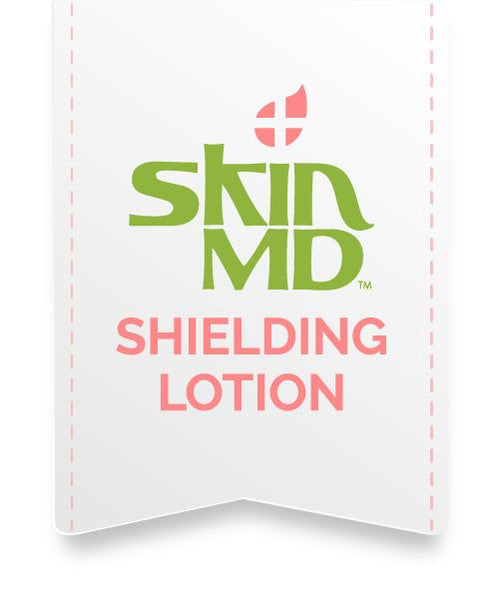
Comfrey (Symphytum)
Symphytum officinale, aka common comfrey, is native to Europe and tends to grow fairly unnoticed. This purple plant thrives in damp, grassy places near farmyards, in ditches and by riverbanks. It isn’t surprising then that comfrey is widespread throughout the British Isles.
What is surprising is that this seemingly dull plant can actually benefit your skin more than you thought any humble plant ever could.
The comfrey plant contains several beneficial compounds which help to revive tired, aged, wrinkled skin.
Comfrey is also great for sensitive skin. A mild cleansing property makes comfrey a good solution for removing dirt, oils and impurities without agitating.

Aloe Vera (Aloe Barbadensis Miller)
Aloe Vera gel is a natural skin care treatment for minor skin irritations, abrasions, burns, ulcers and other skin conditions. When applied directly to a wound the anthraquinones found in the gel of the plant have an anaesthetic effect, whilst it's medicinal properties fight off bacteria, help dilate capillaries and increase blood flow, besides helping to relieve pain and itching.
It's soothing effects are long-lasting and help to regenerate the growth of new, healthy skin cells over time

Arnica (Arnica Montana)
Coming from such a powerful healing plant, arnica montana contains a number of properties that are beneficial to the skin.
Not only can it treat a variety of different skin conditions, but it can also improve your skin’s overall health.
Arnica montana contains a few different properties that make it effective at treating acne, as well as eczema and psoriasis.
To begin with, arnica montana has anti-inflammatory properties. Since all of the above skin conditions are related to inflammation, they will all improve when inflammation is reduced.
Not only that, but this extract also boasts antimicrobial properties. Although these may not be as strong as the ingredient’s anti-inflammatory properties, arnica montana’s antimicrobial nature means that it is able to destroy any bacteria on the surface of the skin.

Yarrow (Achillea Millefolium)
Yarrow's most ancient use is in healing the skin. Yarrow has antimicrobial and pain relieving traits and is wonderful for soothing skin that is prone to irritations. It is also deeply nourishing and restorative. It aids in healing broken capillaries and is ideal for sensitive skin as well as problematic skin

Chamomile (Matricaria Chamomilla)
The soothing and calming effects chamomile has on the skin can be really beneficial for helping inflamed pimples and frequent acne breakouts heal faster.
Since chamomile is high in antioxidants and anti-inflammatory properties, it can be a good natural and gentle ingredient to add in your anti-acne agents.
The antioxidants scavenge free radicals and protect from oxidative damage, while the anti-inflammatory properties reduce irritation, redness, and swelling, making the pimples less visible.
Have in mind that chamomile is really gentle and mild. It would be an amazing addition to your stronger and more aggressive anti-acne skincare routine. It can also be beneficial to soothe sensitive skin after using anti-acne products.
Other Ingredients
